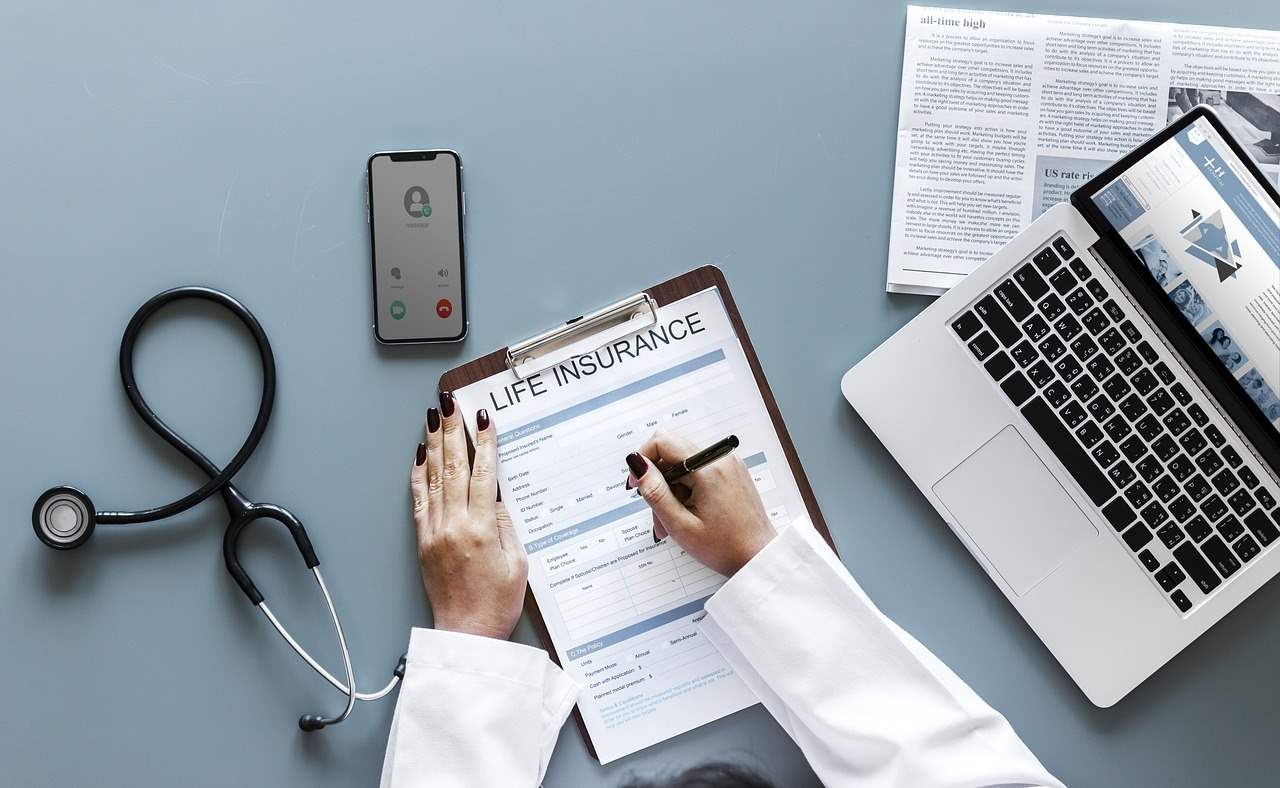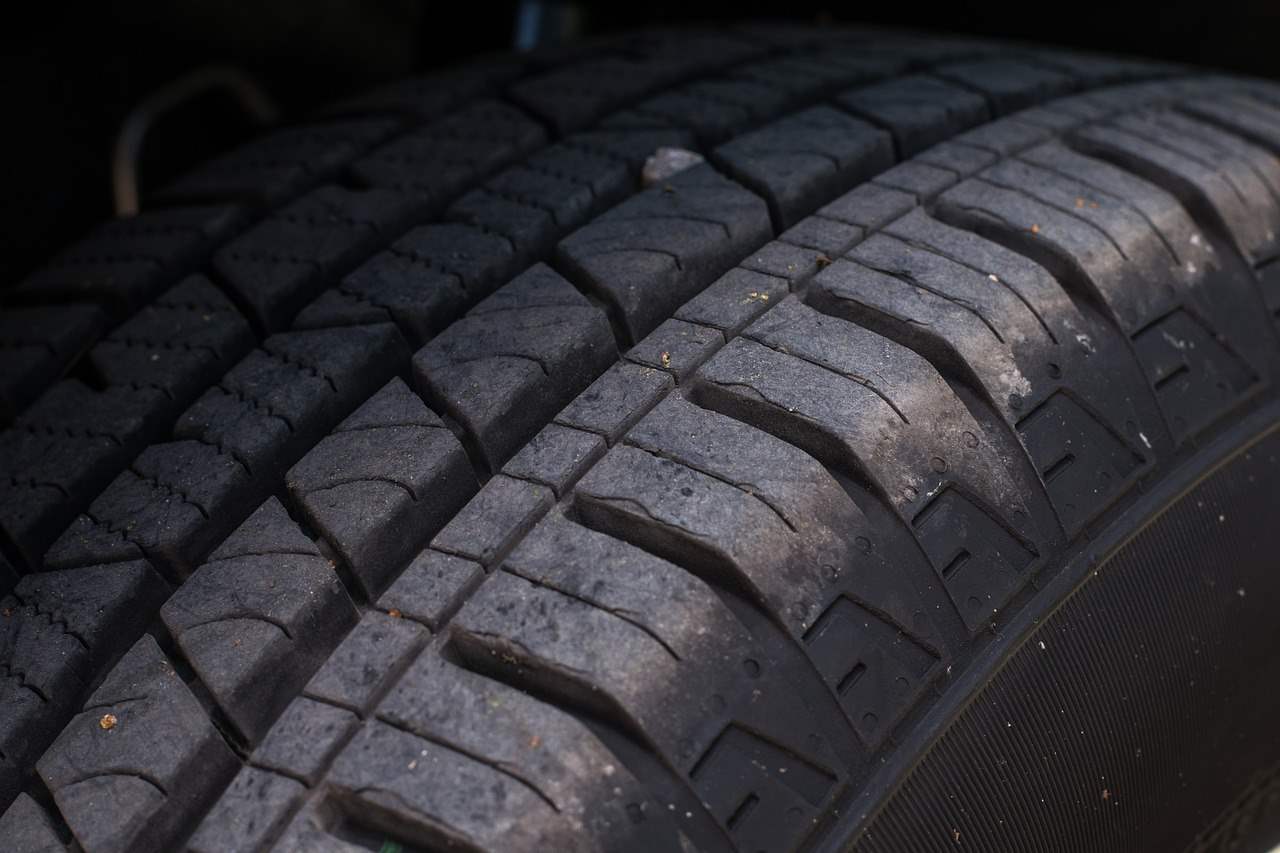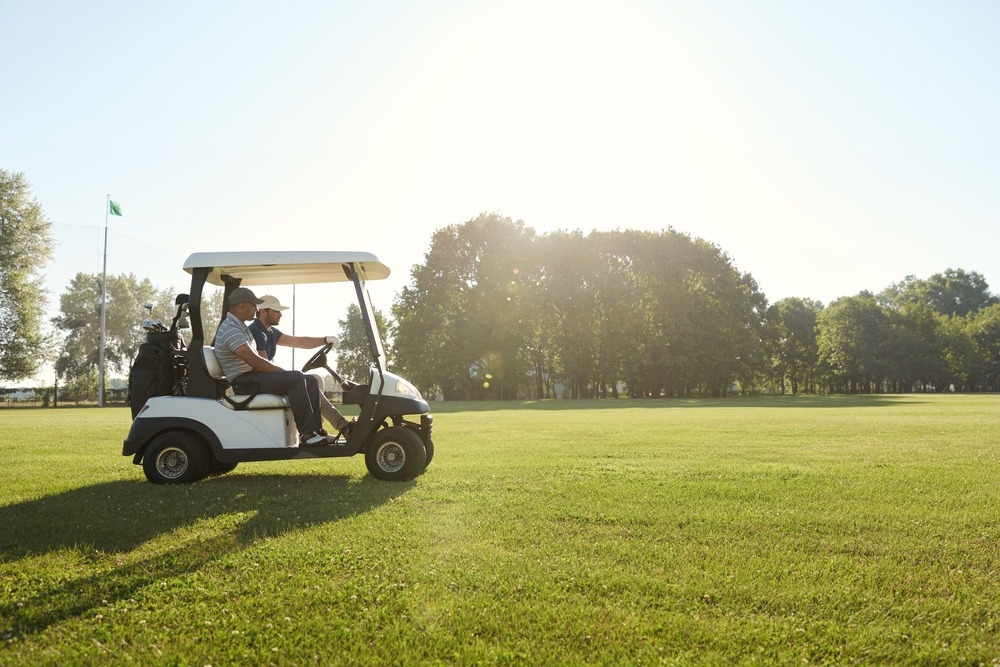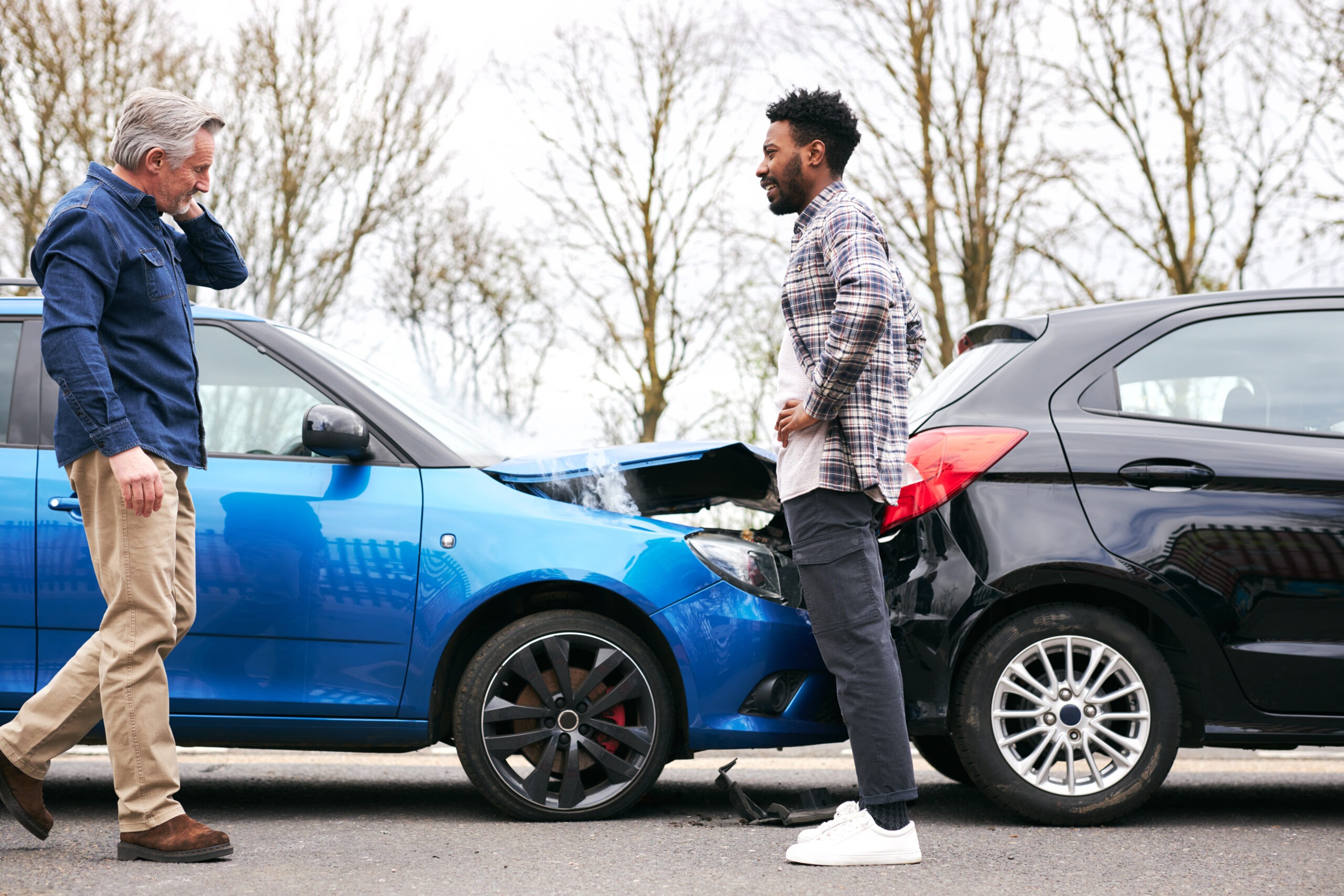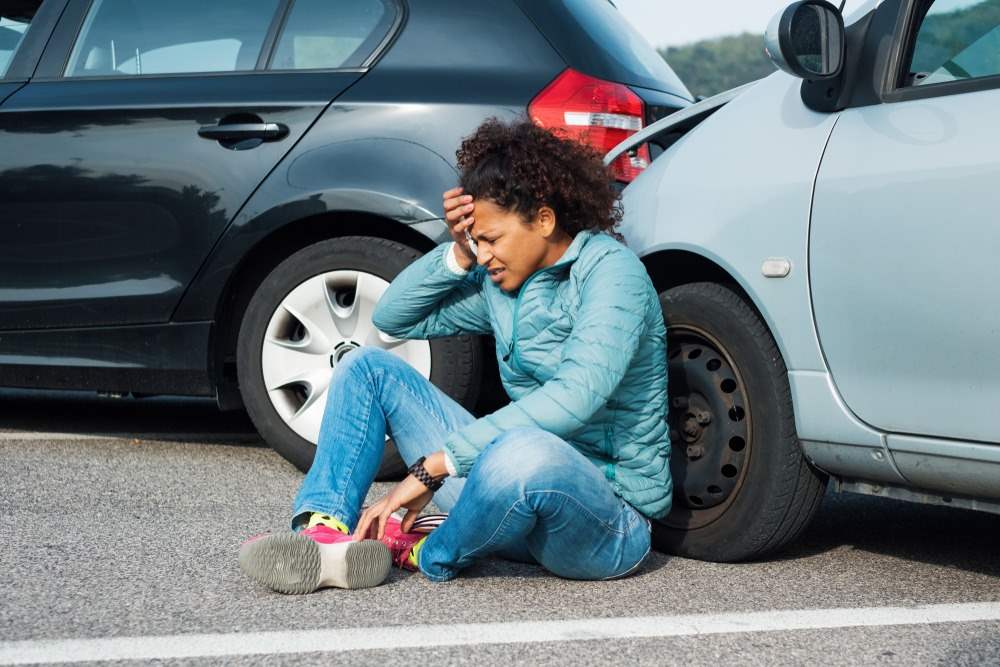
Car safety seats for children play a vital role in protecting your kids when driving in the car. According to the Centers for Disease Control and Prevention (CDC) citing a 2011 study in Pediatrics, car seat use reduces the risk for death to infants by 71 percent, and for toddlers by 54 percent.
Sadly though, of the children who died in a car wreck in 2011, one-third were not buckled up.
In recognition of Child Passenger Safety Week, which runs from September 14 through September 20 this year, we at Chalik & Chalik would like to remind you to always keep your little ones buckled up in the back seat. And if you are not sure which seat to use, consider the following guidelines to ensure your child is safe and sound.
The Best Type of Car Seat for Your Child
There are four specific types of child restraints that can be used to protect children. The following is a list of the four types of child restraints available, along with age recommendations from the CDC (though the proper seat is also dependent on the child’s height and weight, so refer to the manufacturer guidelines).
- Rear-facingcar seat (from birth to age two)
- Forward-facing car seat (ages two to five)
- Booster seat (ages five until the seat belt fits properly)
- Seatbelt (once the seat belt fits properly, meaning lap belt across upper thighs and shoulder belt across the chest)
Find a Personal Injury Lawyer, Near Me
(855) 529-0269Follow All Child Car Seat Use Directions Provided
In order to ensure that your child is safe while driving, it is necessary to adhere to specific guidelines regarding the type of child seat. All car seats come with instructions from the manufacturer that delineate up to what weight a child may sit in a seat (for example, the instructions may provide that a child can face the rear until they are larger than 30 pounds).
A child should not stay in the rear-facing position longer than instructed. Furthermore, an infant should not face the front until safely able to do so. Make sure you always follow these directions, as placing a child in the wrong position can compromise his or her safety.
Additionally, ensure you are following all other directions regarding installation of the car seat. Properly installing the seat in the car is the only way to protect your child in the event of a crash. Certain organizations even offer guidance on installing the seat or may install it for you.
Never Place a Child in the Front Seat of the Vehicle
Most importantly, when placing a safety seat in the car, never do so in the front seat, especially if there is an airbag. The front seat offers the fewest protections for a child, and children should always sit in the back seat of the car.
Click to contact Chalik & Chalik's personal injury lawyers today
Talk to a Lawyer at Chalik & Chalik if Your Child is Injured in a Wreck
Safety seats provide extra safety measures that can keep your child free of harm in the event of a crash. Unfortunately though, some children still incur injuries in an accident, even while sitting in the proper car seat.
If your little one has been hurt in a wreck, we can help you recover the compensation that you need to cover damages. At Chalik & Chalik, we are committed to helping you and your child during this traumatic time. You can reach us today by calling 855-529-0269 or via our online contact form.
Call or text Chalik & Chalik
(855) 529-0269




